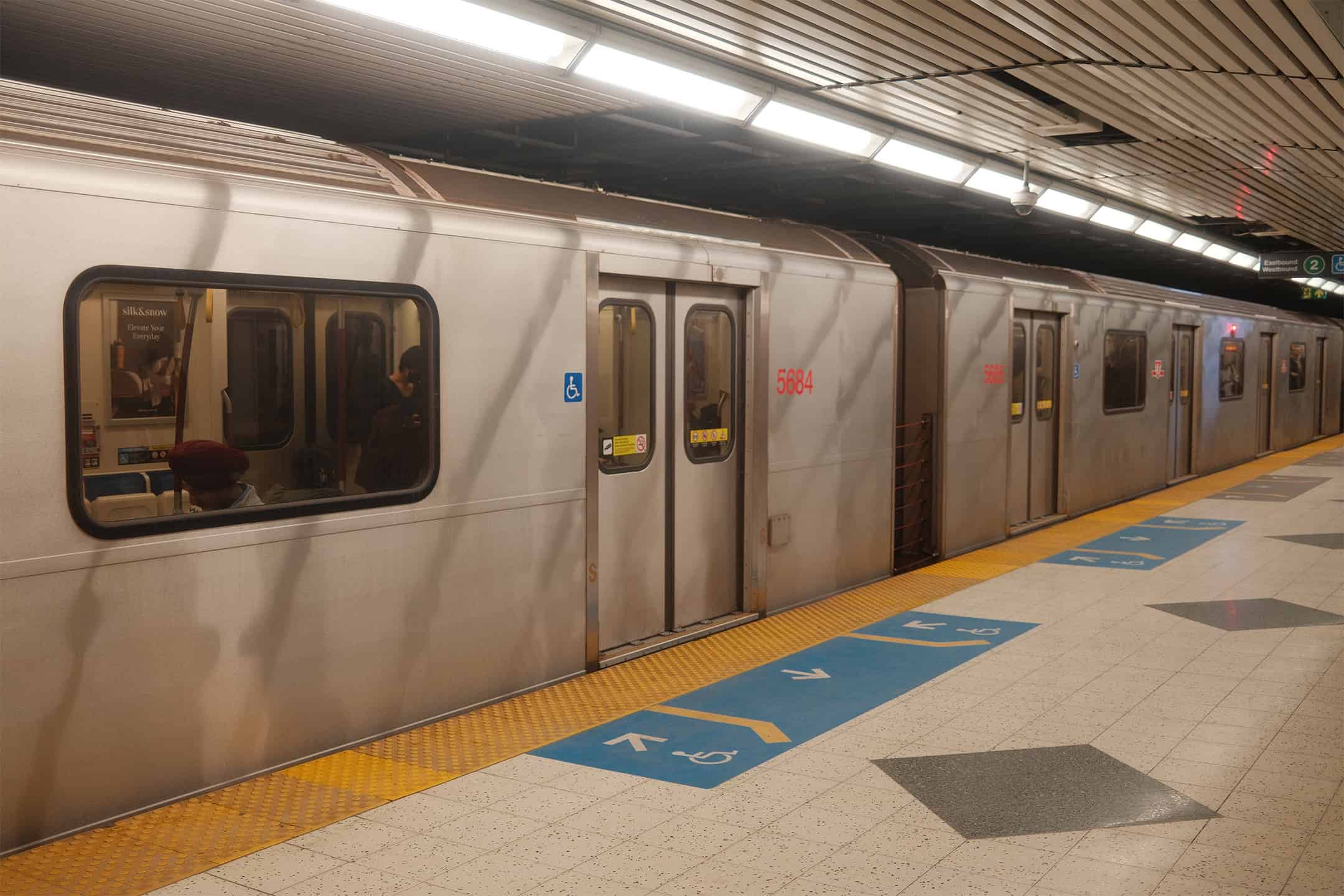You may have heard about the latest great idea emerging out of the respected chambers of Queen’s Park. Ontario Premier Doug Ford and his government have proposed a 55-kilometre tunnel running beneath Highway 401, stretching from Mississauga in the west to Scarborough in the east.
This isn’t all though — Ford’s Minister of Transportation, Prabmeet Singh Sarkaria, also introduced Bill 212, which would give the province greater authority over municipalities to dictate the construction and deconstruction of bicycle lanes.
As a U of T student, you may have also noticed that the TTC subway has been experiencing significant issues. Many of us, including myself, rely on Line 2 to get to campus every day, and I can’t remember the last time I rode it without facing delays or disruptions due to the ongoing track work or security issues. I’d also like to remind you of the disastrous derailment of Line 3 last summer, which removed a crucial link between Scarborough and the GTA.
The problem extends beyond the subway. Even one of the city’s busiest streetcars, the 510 Spadina, has been on pause since June so that sparsely present crews complete critical track renewal and modernization work for the overhead power network, which is not expected to end until December.
Ultimately, I believe all of these issues stem from decades of the provincial government’s underfunding and neglect of a fundamental service in the province’s economic centre.
Setting priorities
The TTC moves nearly two million people across the GTA every day. So, when the transit system in the province’s hub is in such a frail state, I can’t help but ask: why is the province considering funding anything other than the transit system’s upkeep and expansion, especially when they claim to want to get us moving? The irony of an actively anti-pedestrian, anti-bicycle, and staunchly stagnant government using the slogan “Getting Ontario Moving” is astounding to me.
Research such as the 2018 report from Europe’s Department of Transport has proven time and time again that making the downtown core more accessible through pedestrian-only areas and maintaining bike lanes throughout the city not only increases accessibility but also boosts economic activity — especially for small businesses.
In an interview with CityNews, Shoshanna Saxe, an associate professor of civil and mineral engineering at U of T, estimated that Ford’s proposed tunnel under Highway 401 would take 20 years to build and cost one billion dollars per kilometre. For reference, a kilometre of subway in Toronto costs around $700 million to build.
More lanes — whether adjacent to or below existing roads — will inevitably reach capacity much faster than other forms of transportation. The billions wasted on the tunnel would be better invested in improving public transit. More workers and better equipment could lead to quicker completion times, and a more efficient city — not to mention how I think a more balanced budget could allocate funds to address other critical issues in the city such as housing.
Building a tunnel under a highway or removing bike lanes will not alleviate congestion; it will only increase car traffic in the city’s core. In contrast, rail options like the TTC and GO Transit reduce congestion by moving hundreds of thousands of people without a huge two-ton machine that only takes up more space with them.
When the TTC pauses services, shuttle buses with lower capacity and speed are often used. If we continue to neglect the TTC, the motorist’s worst nightmare will come true: more cars on the road. As the TTC continues to deteriorate, tens of thousands of people who once relied on public transit will be forced back onto the road, exacerbating the congestion and terrorizing the solitary commute.
Right lane, left-wing?
Transit has become a political issue when it should value a neutral development. Culling car dependency has somehow become a point of contention in the larger culture war between political parties.
The downtown Ontario Line subway, which would connect the Ontario Science Centre to Exhibition Place once completed in 2031, has been a political ping-pong ball for over 30 years. Since the mid-twentieth century, discussions about a “Downtown Relief Line” have plagued political discourse between the province and city and their rotating administrations.
In my view, the politicization of infrastructure projects explains why sensible initiatives like the Ontario Line often coexist with flashy, short-sighted proposals like the 401 tunnel, as they serve as political distractions: little treats to dangle in front of both urban progressives and exurban conservatives when a government’s approval ratings go underground.
But the government of Ontario is not the government of Toronto, and Ford is not our mayor. When he ran and lost in 2014, it was a clear message that we did not want him. We should not excuse whatever compels him to meddle so deeply in municipal government to go as far as dictating what individual streets should look like.
All contributions from the province must be filtered through City Hall to ensure that they align with the sensibilities and needs of Torontonians, not with retirees from Oakville making their biannual drive into the city who are terrified by a little traffic.
Government is most effective when power is concentrated in the hands of direct representatives, and the various strata of our province must understand the responsibilities that come with their mandates — and stay in their lane.
Sulaiman Hashim Khan is a fourth-year student at St. Michael’s College studying English and ethics, society, and law.


